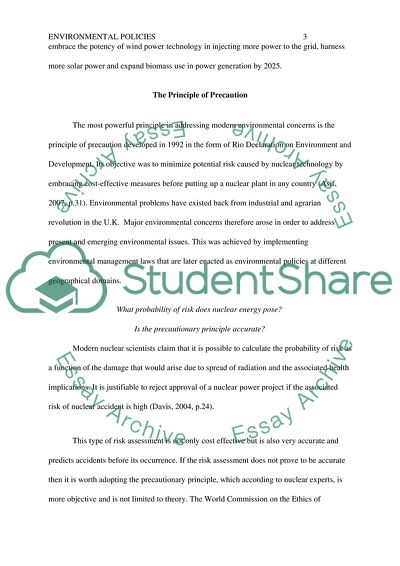Cite this document
(The Common Perception of Environmental Problems Research Proposal, n.d.)
The Common Perception of Environmental Problems Research Proposal. https://studentshare.org/environmental-studies/1863582-environment-policy
The Common Perception of Environmental Problems Research Proposal. https://studentshare.org/environmental-studies/1863582-environment-policy
(The Common Perception of Environmental Problems Research Proposal)
The Common Perception of Environmental Problems Research Proposal. https://studentshare.org/environmental-studies/1863582-environment-policy.
The Common Perception of Environmental Problems Research Proposal. https://studentshare.org/environmental-studies/1863582-environment-policy.
“The Common Perception of Environmental Problems Research Proposal”. https://studentshare.org/environmental-studies/1863582-environment-policy.


